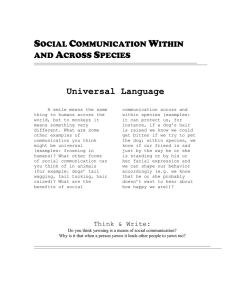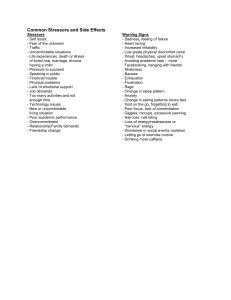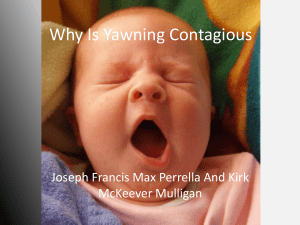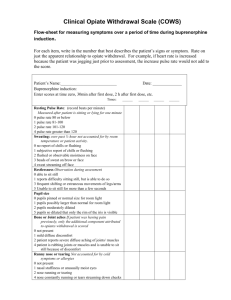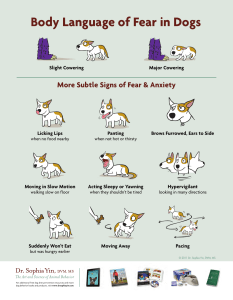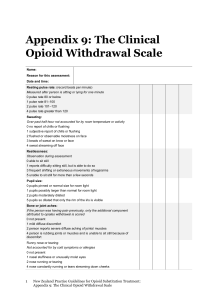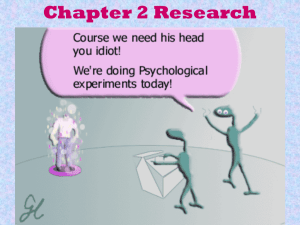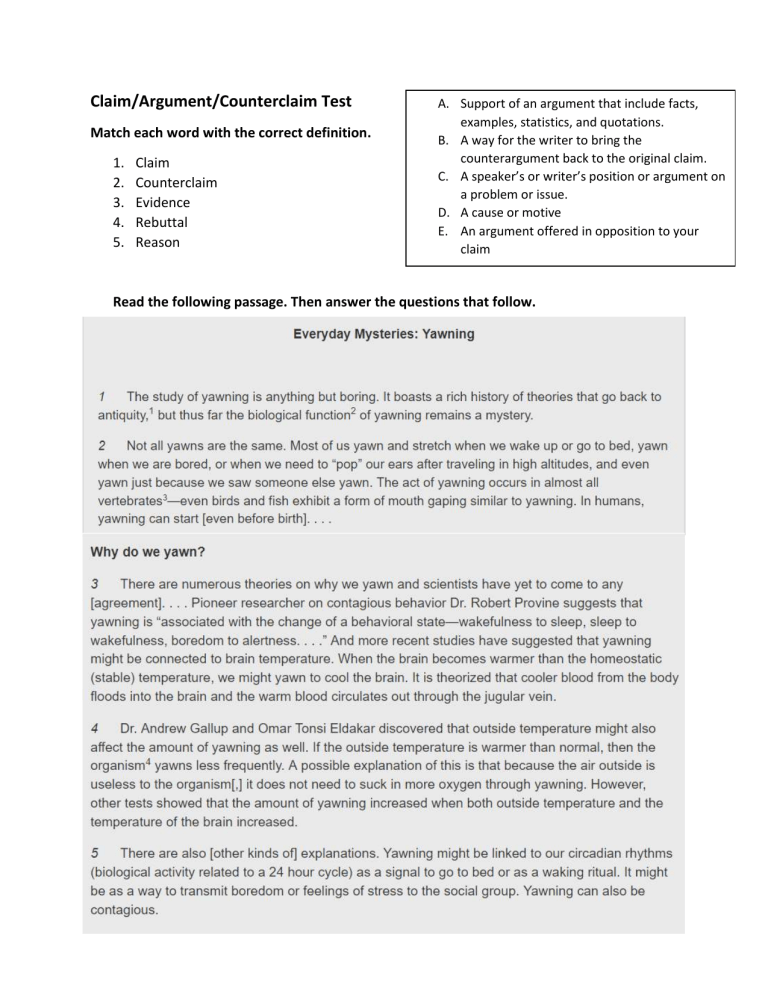
Claim/Argument/Counterclaim Test Match each word with the correct definition. 1. 2. 3. 4. 5. Claim Counterclaim Evidence Rebuttal Reason A. Support of an argument that include facts, examples, statistics, and quotations. B. A way for the writer to bring the counterargument back to the original claim. C. A speaker’s or writer’s position or argument on a problem or issue. D. A cause or motive E. An argument offered in opposition to your claim Read the following passage. Then answer the questions that follow. Part A: 6.Based on the evidence in the text, what claim does the author make? A. B. C. D. People yawn for many different reasons. Those who yawn often are healthier than others. Yawning makes people different from animals. Boredom is the most common reason for yawning. Part B: 7.Which one of the pieces of evidence does NOT provide specific and relevant evidence for the claim in Part A? A. “The act of yawning occurs in almost all vertebrates—even birds and fish exhibit a form of mouth gaping similar to yawning.” B. “Pioneer researcher on contagious behavior Dr. Robert Provine suggests that yawning is ‘associated with the change of a behavioral state—wakefulness to sleep, sleep to wakefulness, boredom to alertness…’” C. “And more recent studies have suggested that yawning might be connected to brain temperature.” D. “Dr. Andrew Gallup and Omar Tonsi Eldakar discovered that outside temperature might also affect the amount of yawning as well.” 8. Circle the correct response to identify the CLAIM. A. Studies indicate that forty-two percent to fifty-five percent of human adults will yawn during, or after, watching a video of another person repeatedly yawning. B. Yawning might be a way to transmit boredom or feelings of stress to a group. C. Yawning is contagious. 9. Circle the correct response to identify the RELEVANT EVIDENCE. A. Studies indicate that forty-two percent to fifty-five percent of human adults will yawn during, or after, watching a video of another person repeatedly yawning. B. Yawning might be a way to transmit boredom or feelings of stress to a group. C. Yawning is contagious. 10. Circle the correct response to identify the IRRELEVANT EVIDENCE. A. Studies indicate that forty-two percent to fifty-five percent of human adults will yawn during, or after, watching a video of another person repeatedly yawning. B. Yawning might be a way to transmit boredom or feelings of stress to a group. C. Yawning is contagious. Read the claim below. Juniper should be treated like an invasive species. 11. Choose TWO details that are NOT relevant to support the claim above. A. study estimates that Juniper woodlands in the West have increased tenfold since the 1800s. B. The area over which juniper is spreading is estimated at about 10 million acres. C. Juniper has been labeled as problematic by the Oregon noxious weed board. D. The Bureau of Land Management controls a lot of land in eastern Oregon. E. Juniper is moving quickly into places where it does not belong. F. Juniper woodlands have benefitted by advanced firefighting technology. This question has two parts. Part A: 12. “Everyone is talking about Juniper.” Would this statement from the text be a claim or evidence? A. Claim B. Evidence C. Neither Part B: 13. Why did you choose the answer to Part A? A. It is a fact and can be backed up with statistics. B. It is the author’s opinion and supports their overall argument. C. It is neither a fact or the author’s opinion. 14. Which choice shows the strongest evidence? A. Facts B. Opinions C. Counterclaims D. Numbers 15. Which piece of evidence could BEST be used to prove this claim: The government SHOULD decide what students eat for lunch. A. School lunches, on average have only about 550 calories; however, lunches brought from home have about 850 calories. B. The GAO report said that students in one district refused to eat school lunches for three weeks. C. The rules make lunches cheap for students, but they cost schools money. 16. Which piece of evidence could be used to BEST support this claim: High school students should be required to wear uniforms. A. When adding everything up, a school uniform could end up costing more than $200. B. A student reported, "Allowing us to wear our own clothes gives us a chance to show our unique style and independence." C. At one school that recently required students to wear uniforms, attendance rates went up, and behavior incidents went down. D. School uniforms can be ordered online. Read the following passage and choose the correct answer for the question that follows. Passage 1: Schools like Pineview Middle School have started to introduce calm rooms where students can go and take a break from the everyday stress of school. In these rooms, students are encouraged to sit quietly, meditate, and practice gentle yoga. These types of rooms have proved to be beneficial for students and have had an impact on the overall atmosphere at the school. In fact, Lakeview Middle reports a 28% reduction in school suspensions. Although it might be awkward at first, schools across the country should think about introducing a calm room to their students. 17. What is the claim in this paragraph? A. Calm rooms are amazing. B. Everyone would benefit from a calming break from the everyday. C. Schools and students would benefit from the implementation of a calm room. D. Yoga, deep breathing, and sitting in silence could be awkward for some students. 18. Which piece of evidence from the paragraph BEST supports the author's claim? A. Pineview Middle reports a 28% reduction in in school suspensions. B. In these rooms, students are encouraged to sit quietly, meditate, and practice gentle yoga. C. Although it might be awkward at first, schools across the country should think about introducing a calm room to their students. D. Schools like Lakeview Middle school have started to introduce calm rooms where students can go and take a break from the everyday stress of school. Read the following passage and choose the correct answer for the question that follows. Passage 2: Do you find yourself rolling out of bed after noon? You might want to change that practice. According to recent research, people who get up earlier are more productive, are able to focus for longer periods of time, and do better academically. People who wake up by six in the morning are 38% more likely to set goals and achieve them. This is not a new concept. Aristotle, an ancient Greek philosopher said, “It is well to be up before daybreak, for such habits contribute to health, wealth, and wisdom.” Seeing all of the benefits of being an early riser, you should be encouraged to get up before the sun. 19. What is the author's claim? A. People have been early risers for centuries. B. People who sleep until noon or after are lazy. C. It is important to get eight hours of sleep a night. D. There are many benefits of being an early riser. 20. Which piece of evidence best supports the author's claim? A. This is not a new concept. B. People who wake up by six in the morning are 38% more likely to set goals and achieve them. C. Do you find yourself rolling out of bed after noon? You might want to change that practice. D. Seeing all of the benefits of being an early riser, you should be encouraged to get up before the sun.
